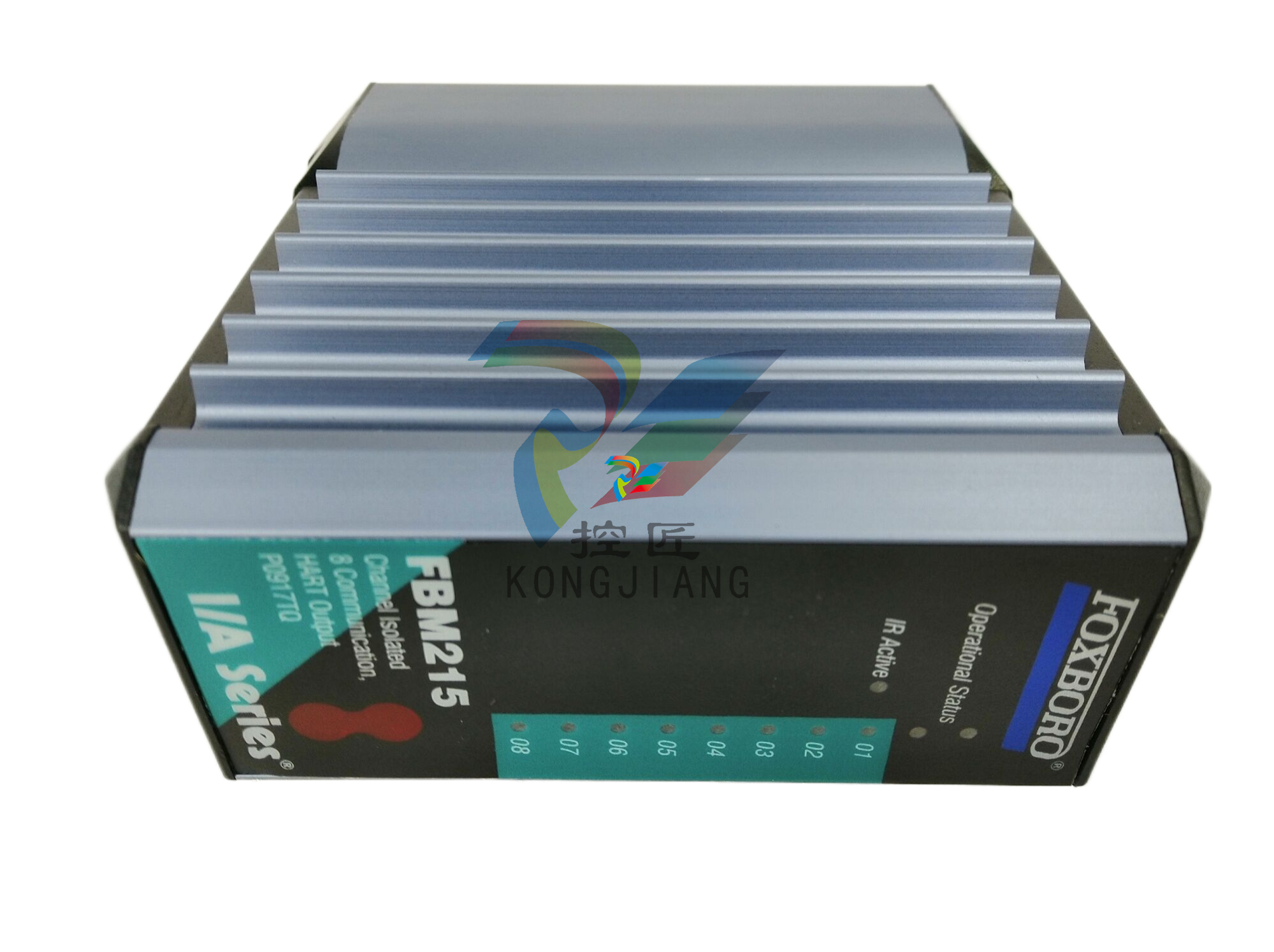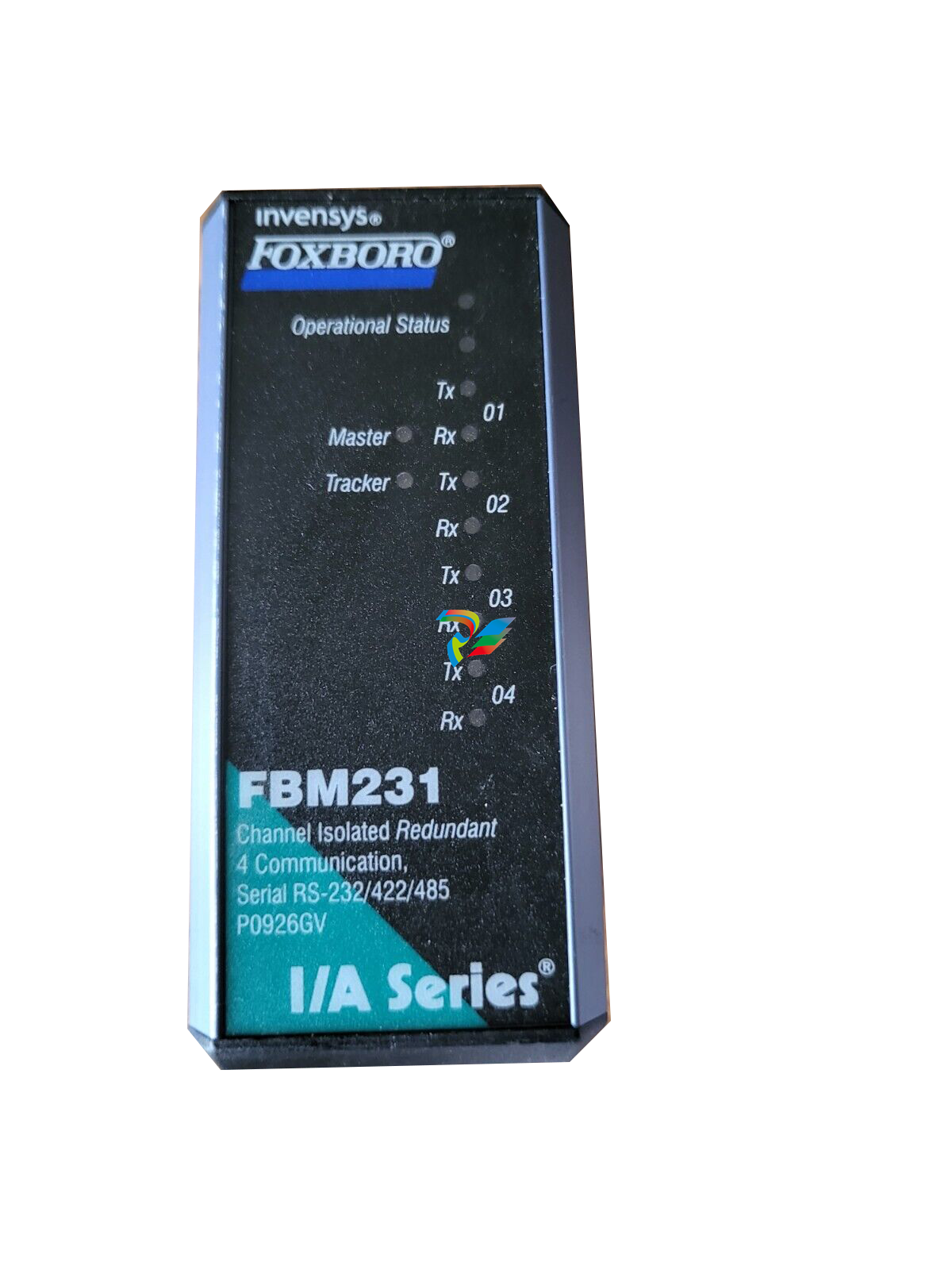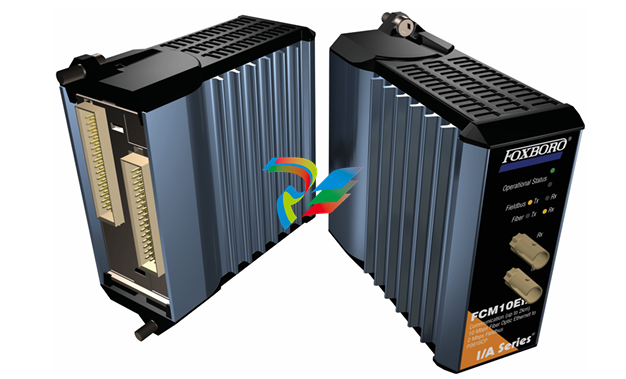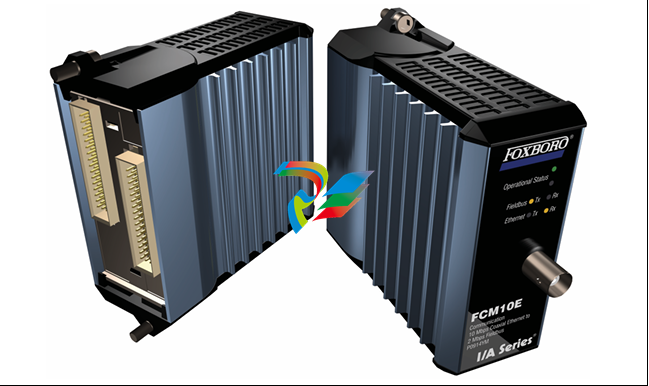
Wireless Lessons from Construction Sites

Construction sites, especially industrial or commercial construction, can be highly dynamic environments characterized by heavy machinery, tools and people in constant motion. Activities within the construction environment must be coordinated and monitored to efficiently achieve daily goals, monitor the health of equipment, monitor the ambient environment and assure the safety of the people working within the construction environment. As with the industrial plants that will ultimately be built, reliable and rapid wireless communication is a key requirement for construction sites and the 5G network is a lead contender in supporting its mix of applications. Exploring private 5G service classes enriches our understanding of tailoring next-generation wireless communications networks to industry needs.
At the Communications Technology Laboratory of the National Institute of Standards and Technology (NIST) in Gaithersburg, MD, USA, we’ve been addressing the challenges of integrating 5G networks and exploring ways to test and predict wireless network performance in dynamic environments. This is an excerpt of our recently published whitepaper in which we explore deploying wireless communication networks within construction projects, introduce a comparison approach to assessing deployment difficulty at each project phase, and discuss our plans for a testbed for 5G communications that can help shape the future of wireless communications.
Physical environment considerations
During our investigation, we discovered that the key elements affecting the viability of a construction network and simplified them to three principal considerations relating to the physical environment:
the geometry of the work zone,
the number and materials of the walls being constructed, and
the types of materials used to construct floors and ceilings.
Much research has been undertaken to characterize the propagation characteristics of construction spaces primarily focusing on the finished industrial spaces. While it is important to understand all of the impacting factors of a work zone, we must be careful to capture the factors such that they minimally overlap in their impacts on wireless system performance. This approach is synonymous with maintaining the linear independence of variables in a system of linear equations, and we attempt to maintain this independence throughout this work.
We should also note that the focus so far has been on the physical environment, yet construction has other factors that can otherwise degrade the performance of the construction network such as radio frequency interference from welding, unshielded power electronics, and co-existing network traffic. Additionally, the impact attributes for each scenario were assigned a value for three stages of construction: Early-Stage, Mid-Stage and Late-Stage.
5G service categories
Exploring 5G service classes for construction enriches our understanding of tailoring next-generation wireless communications networks to industry needs. Why consider 5G at all? Its versatile wireless technology accommodates diverse communication needs and deployment structures, making it suitable for various construction applications. While other wireless solutions are viable, we opt for 5G stand-alone (SA) private networks for several reasons:
Firstly, 5G’s built-in determinism, leveraging time and frequency diversity supports channel resource allocation. Spatial diversity is enhanced with multiple-input multiple-output (MIMO) antennas, including massive MIMO systems for optimal device support and beam directionality, ensuring a higher quality of service.
Secondly, 5G offers quality of service (QoS) support and flexibility in enforcing reliability policies through different service classes and network slicing.
Additionally, it supports licensed and unlicensed deployment options, expanding available RF bands and is progressing towards supporting various industrial protocols for improved interoperability in automation systems.
There are three main 5G service categories: enhanced mobile broadband (eMBB), massive machine type communication (mMTC) and ultra-reliable low-latency communication (URLLC). A new service class, reduced capability (RedCap) is emerging that offers reduced capabilities compared to that of URLLC class with less stringent latency and reliability requirements. This makes it more cost-effective and energy efficient.
URLLC, with 1 ms latency and reliability exceeding 99.999%, is particularly relevant for construction applications. However, considering cost and battery life, RedCap may become a preferred choice for some applications. URLLC achieves low latency by allowing transmissions to interrupt lower-priority ones through the mini-slot concept and periodic grant-free transmission. URLLC can support connectivity for automated guided vehicles, mobile robots, teleoperated heavy machinery and safety equipment in various construction scenarios.
The eMBB category, with peak data rates up to 10 Gbit/s, benefits high-data-rate applications like augmented reality and remote operation video feedback. The mMTC category, with a node density of up to 100 nodes/m2, is suitable for massive wireless sensor networks, site 11 asset management and various monitoring applications.













































.jpg)
.jpg)
.jpg)





.jpg)



.png)
.jpg)

.jpg)
_lVjBYb.jpg)

.jpg)
.jpg)



.jpg)
.jpg)







.jpg)

.jpg)
.jpg)






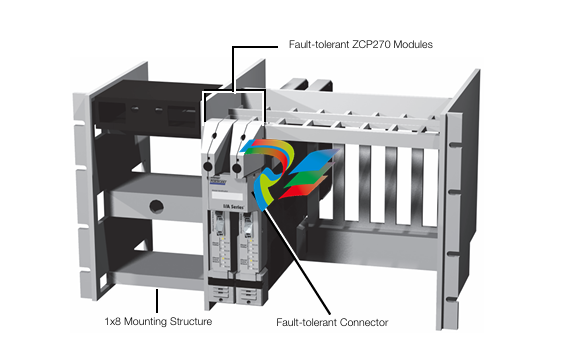

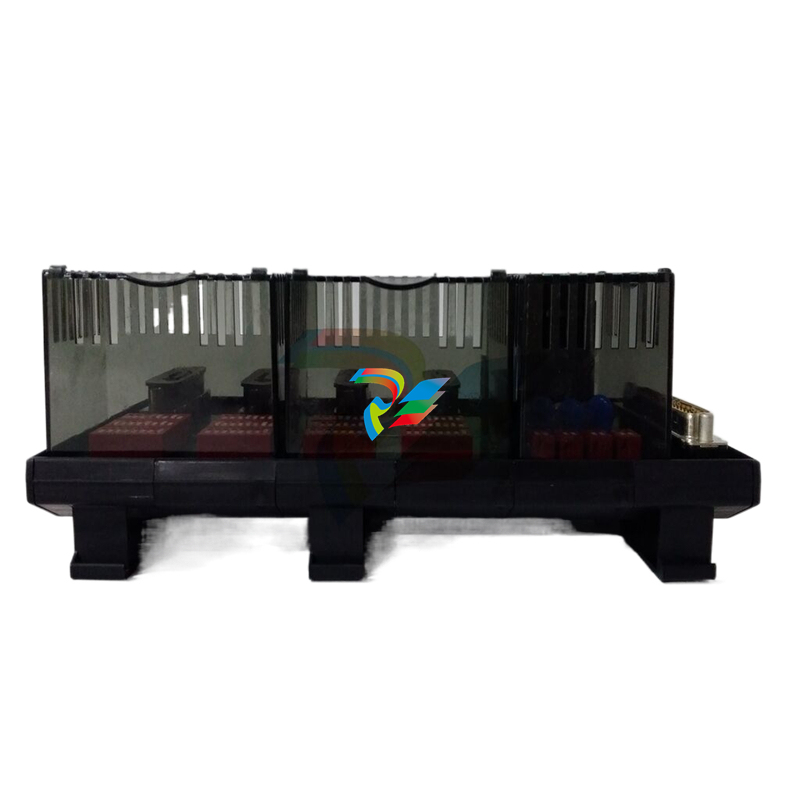
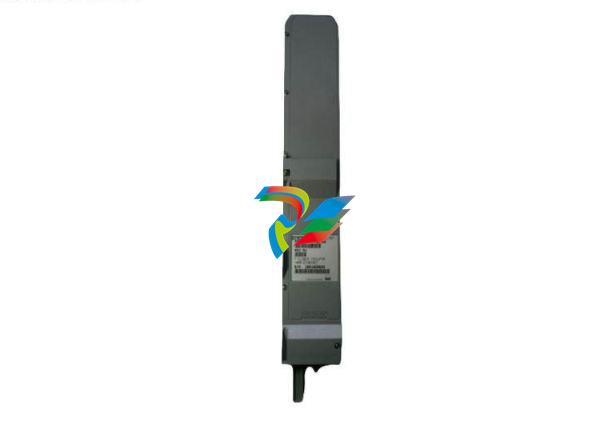

.jpg)


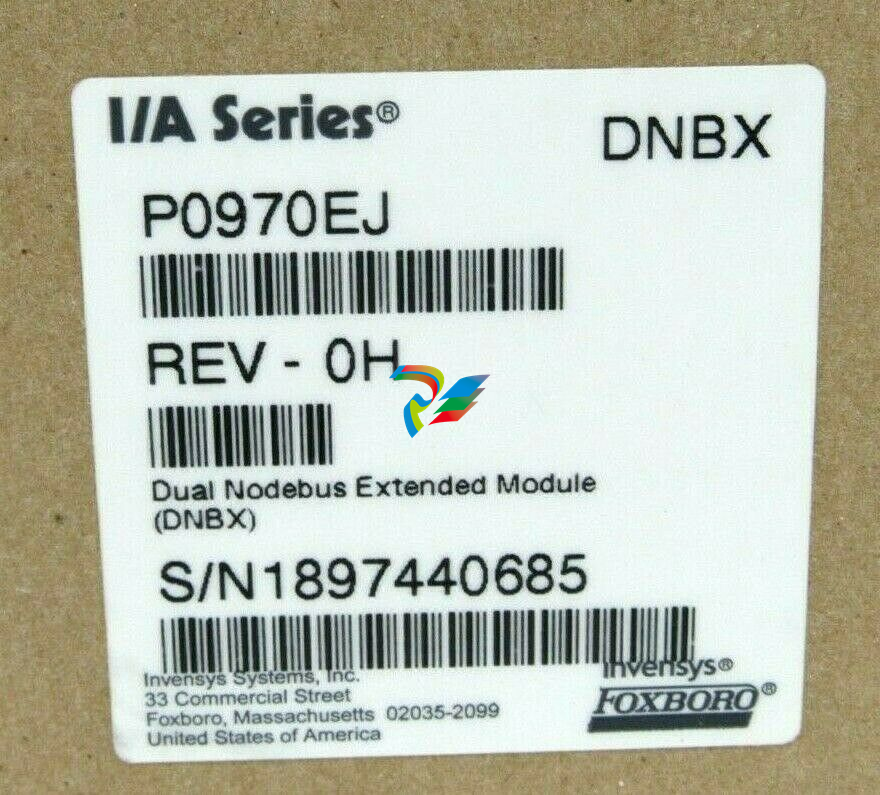

.jpg)
.jpg)
.jpg)
.jpg)
.jpg)
.jpg)
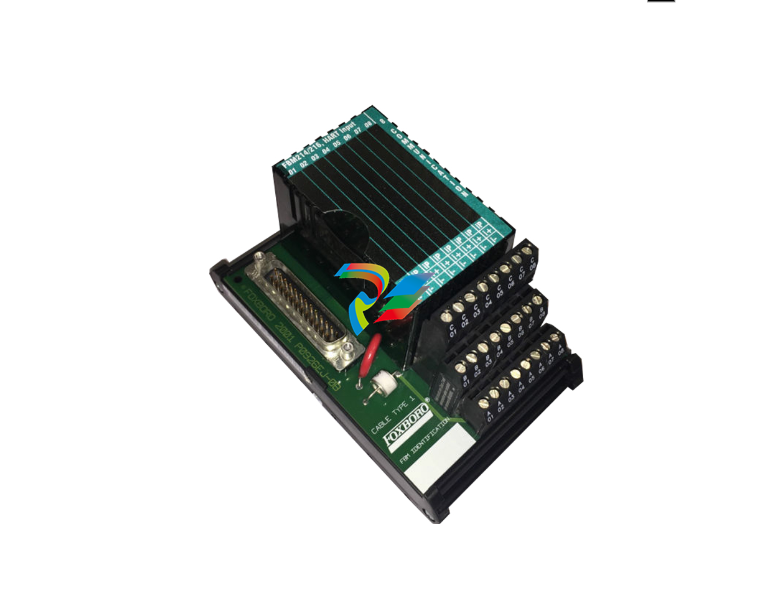
.jpg)
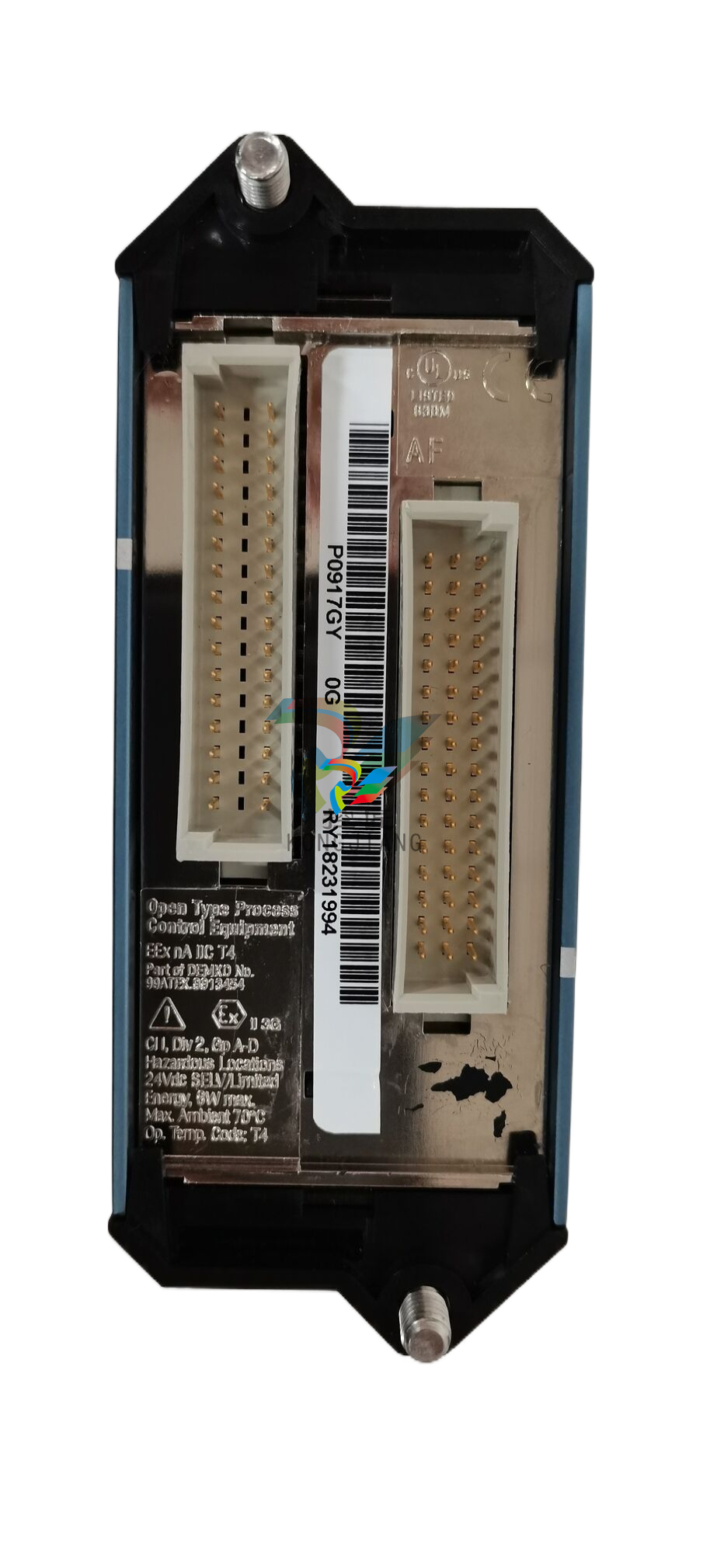
.jpg)
.jpg)
.jpg)

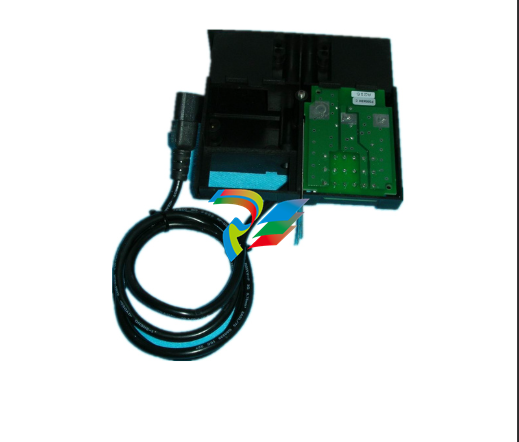
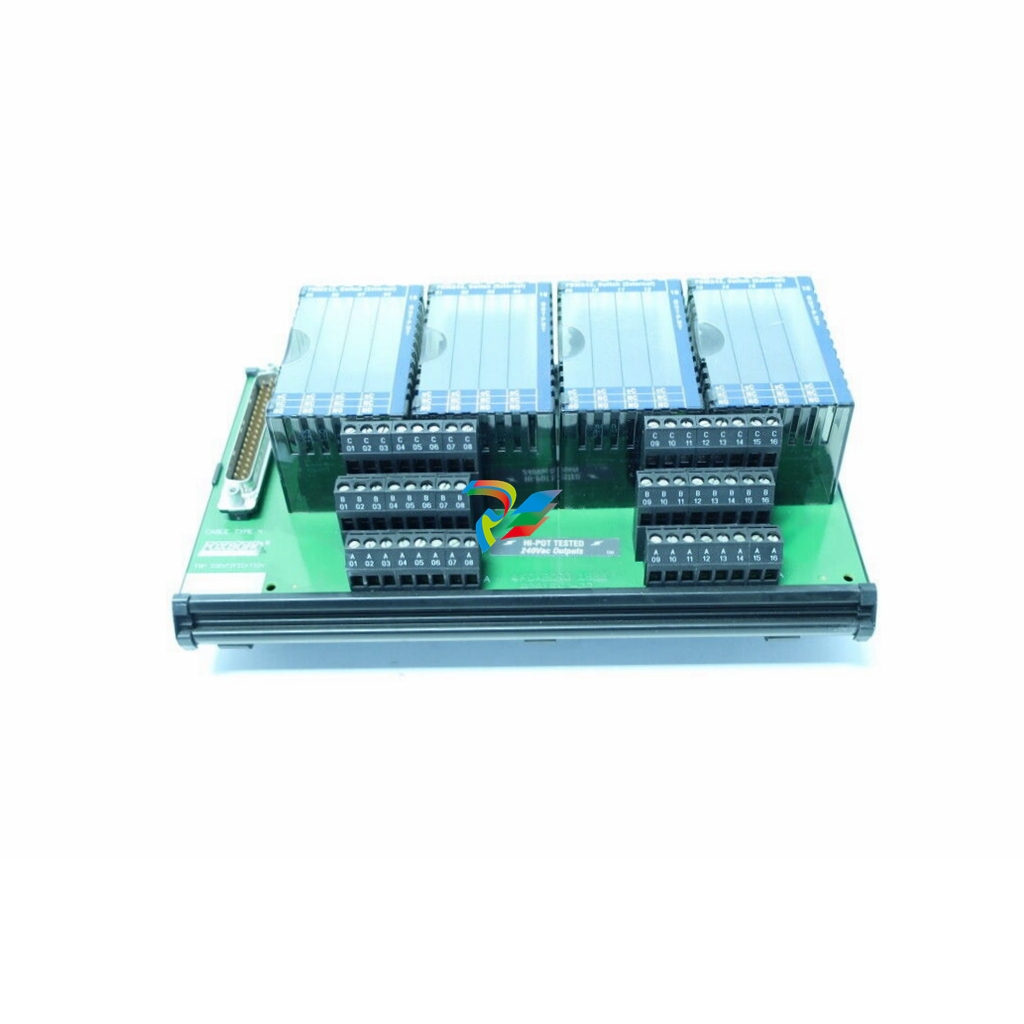


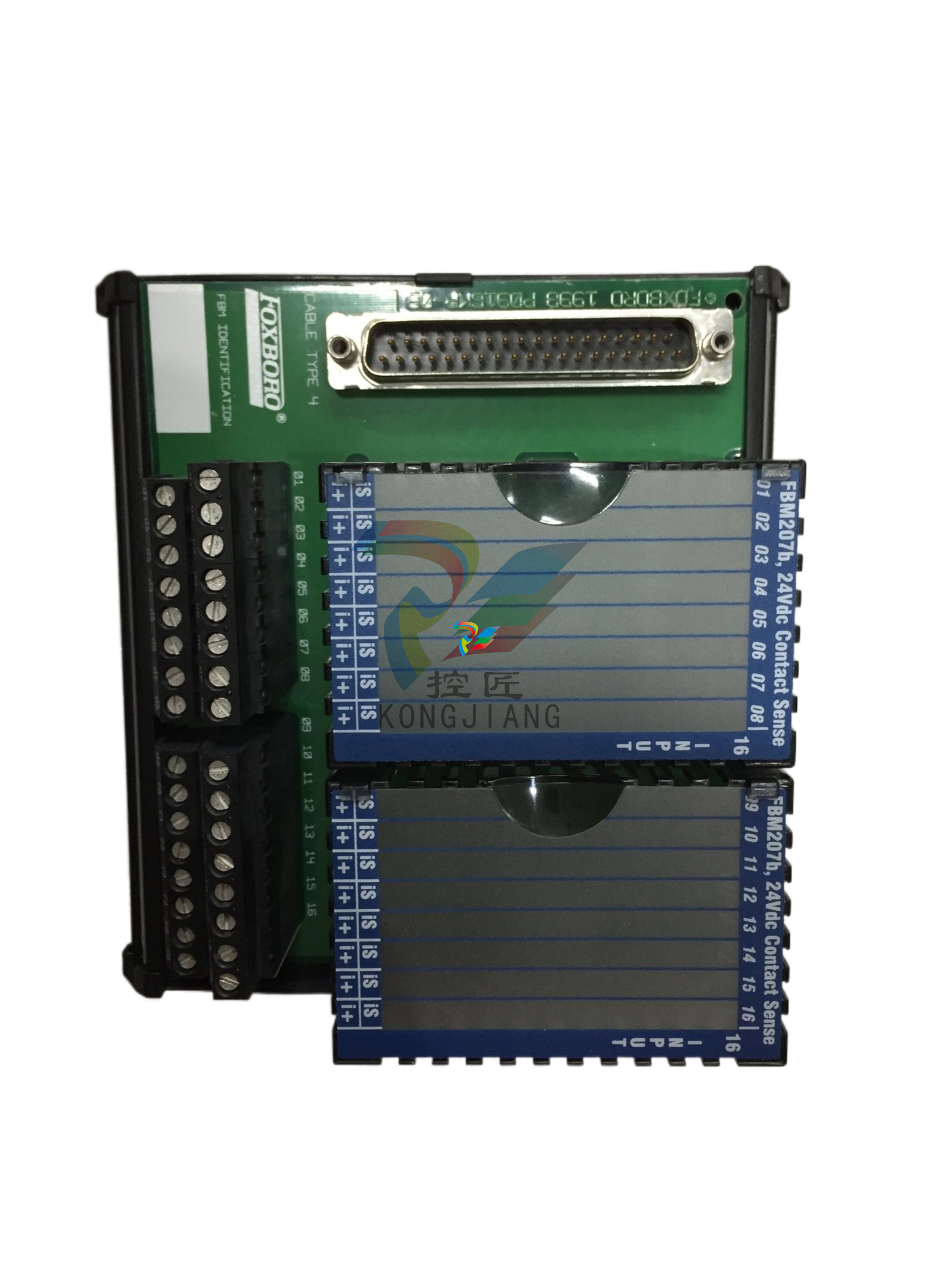
.jpg)


.jpg)
